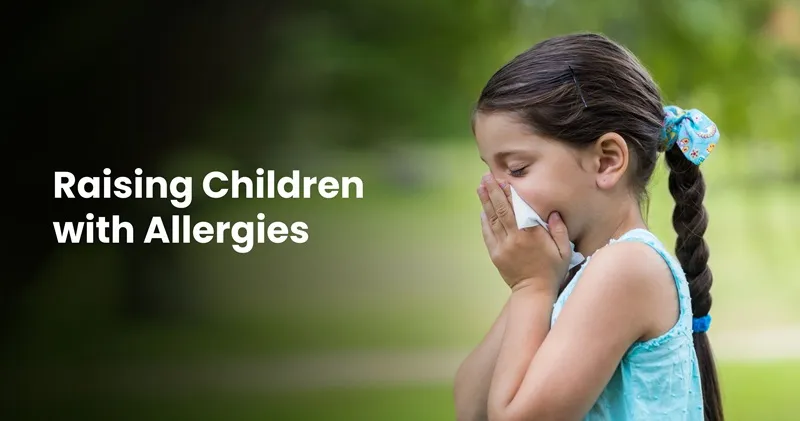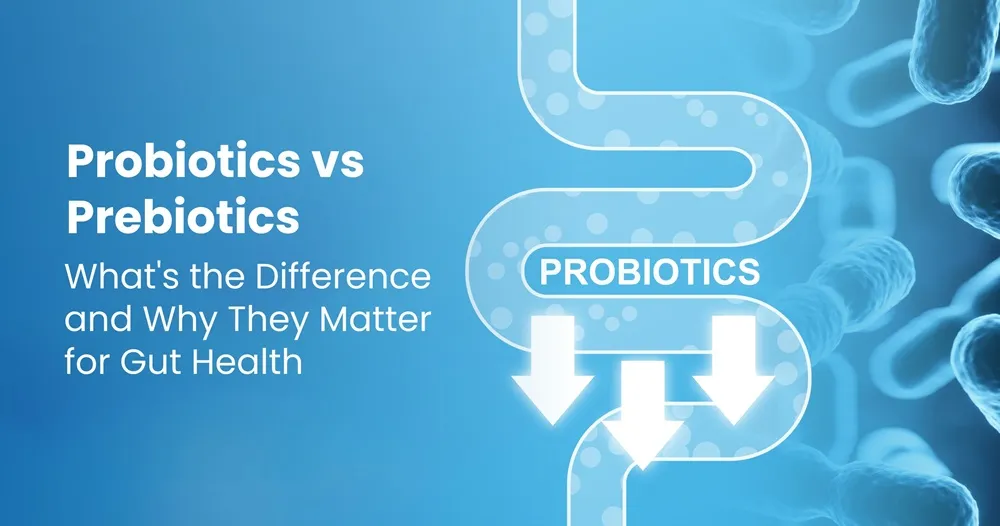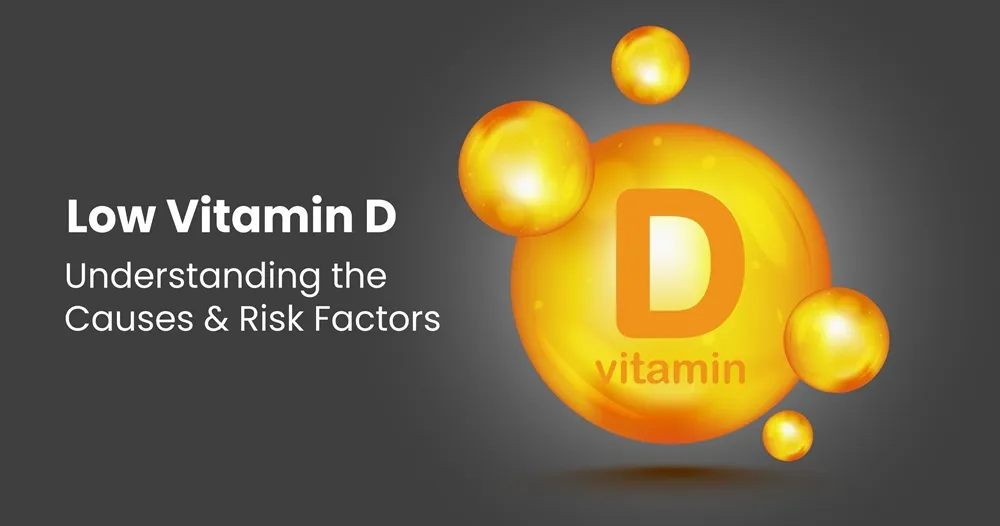7 Myths about Common Food Allergies You Should Stop Believing
Jun 04, 2020
The most common food allergies are milk, peanuts, wheat, eggs, fish, soy, shellfish and tree nuts like cashews and walnuts. There are a lot of misinterpretations and myths that surround common food allergies. Let us uncover them one by one-
Food allergy and food intolerance is the same thing –
Though both bad elicit ‘bad reactions’ to a certain food or food type, there are distinct differences between the two. Food intolerance means that your body does not have the enzyme to digest a particular food type. For instance, if you are lactose intolerant, you do not have the enzyme ‘lactase’ to digest milk or dairy products. Some of the common symptoms include flatulence, diarrhoea, bloating and nausea. Food allergy is when the immune system of the body reacts to a particular food. The symptoms can include hives, rash, diarrhoea, vomiting, running nose, chest nose, swelling of the lips and even loss of consciousness. So, do not confuse being lactose intolerant to cow milk allergy or gluten intolerance to a wheat allergy. So any food that gives you ‘problems’, does not mean you are allergic to it.Stop eating that food, if you think you are allergic to it –
We cannot conclusively prove that a particular food is causing the allergy, till we conduct diagnostic tests for that particular food allergy. Self-diagnosis would result in removing certain important and nutritional products from our meals that can result in an unbalanced diet. Even if you have developed symptoms post eating a particular food, it may not be because you are allergic to it; the reason could be some other form of food disorder.
Self-diagnosis would result in removing certain important and nutritional products from our meals that can result in an unbalanced diet. Even if you have developed symptoms post eating a particular food, it may not be because you are allergic to it; the reason could be some other form of food disorder.
The smell of certain foods can also cause food allergy –
The odour or aroma of the food cannot lead to allergy; it has to be ingested. The Journal of Allergy and Clinical Immunology states that the odour cannot cause an anaphylactic reaction. Peanuts are often blamed for causing an allergic reaction due to its smell. However, there is a slight difference – if you inhale particles of peanuts, which is different from its smell, it can lead to an allergic reaction.Once a child is diagnosed with food allergy, he or she has to live with it –
There are numerous studies that show that some kids outgrow food allergies. Wheat allergy which is common in most children usually disappears when they turn three years old. In some cases, children, who have a peanut allergy, tree nut allergy or soy allergy, outgrow them at specific ages. This is why it is important to have diagnostic tests done to check food allergy in children.Food additives and artificial flavours lead to allergic reactions –
It is the natural foods that elicit allergic reactions.Peanut allerg is the most common type of food allergy –
Though peanut allergy can result in potentially fatal or anaphylactic reactions; they are present in only .6 percent population in the world.It can take days before allergic symptoms begin –
The symptoms of allergic reaction begin in a matter of minutes or hours after the person has ingested the food. Also, even a small bite of food is enough to trigger an allergic reaction.Only a qualified medical professional at lab testing center, like an allergist, can diagnose food allergies. There are many diagnostic tests for testing food allergies, which include blood test, skin prick test, trial elimination diet; etc. Sometimes, diagnostic centers may ask you to try a combination of diets to arrive at a better conclusion. Contact a reputed lab testing center for more information.
Related Blog Post
Blog Categories
- Child Health
- Mens Health
- Women's Health
- Mental Health
- Health Myths & Facts
- Fitness
- Nutrition/Recipes
- Remedies
- Weight Management
- Stress Management
- Health Supplements
- Addiction Management
- Disease Management
- Allergy
- Anemia
- Arthritis
- Asthma
- Autoimmune Diseases
- Blood Pressure
- Cancer
- Deficiencies
- Dengue/Malaria/Chikungunya
- Diabetes
- Eye Problems
- Heart Diseases
- Hepatitis
- HIV/AIDS/STD
- Hormonal Imbalance
- Infection/Flu/Viral
- Kidney
- Liver
- Menstrual Problems
- Pregnancy
- Skin & Hair Problems
- Stomach Ailments
- Thyroid
- Others
- Health Checkups
- Diagnostics/Pathology
- Lifestyle & Wellness
- Covid
- Medical Tests
- Cholesterol
- Health Tips
- Parent Care/Old Age
- Lungs
- Food Intolerance








